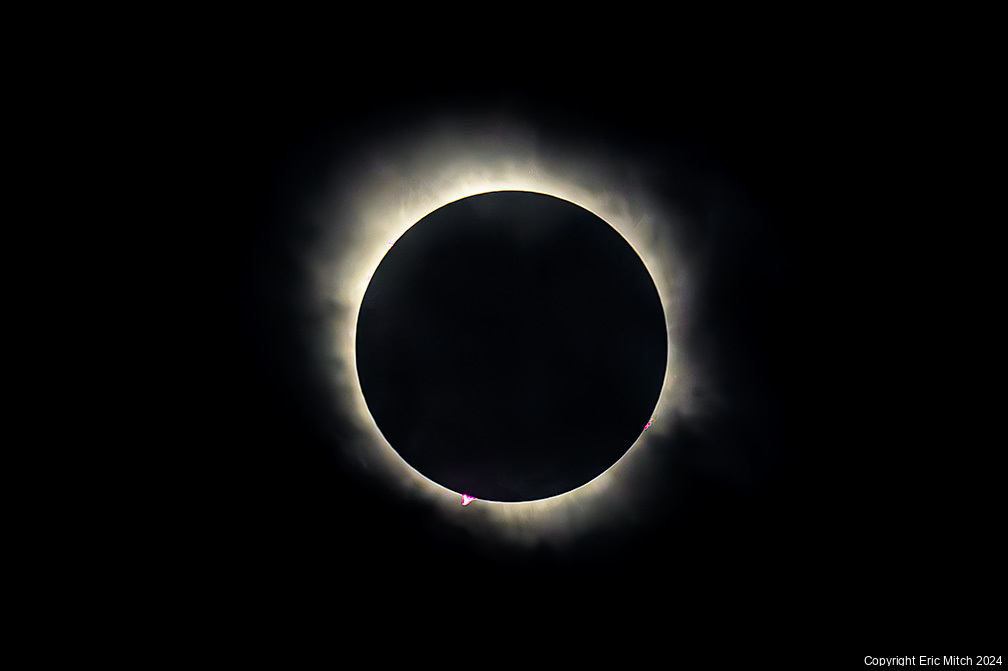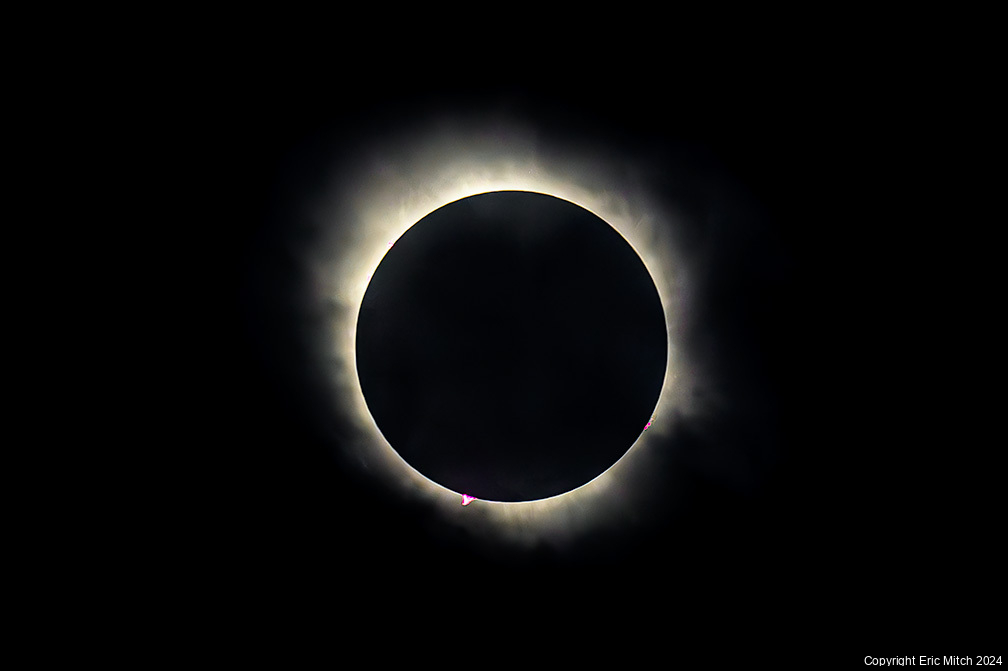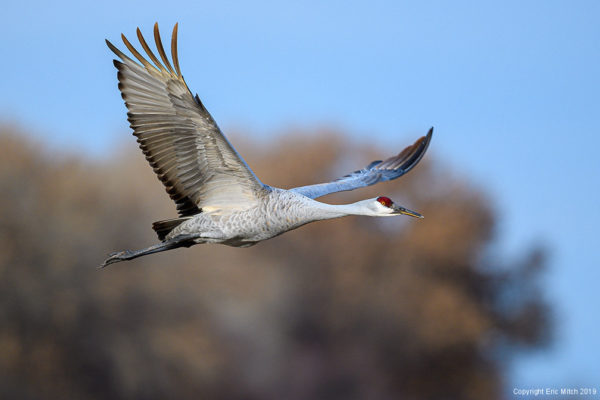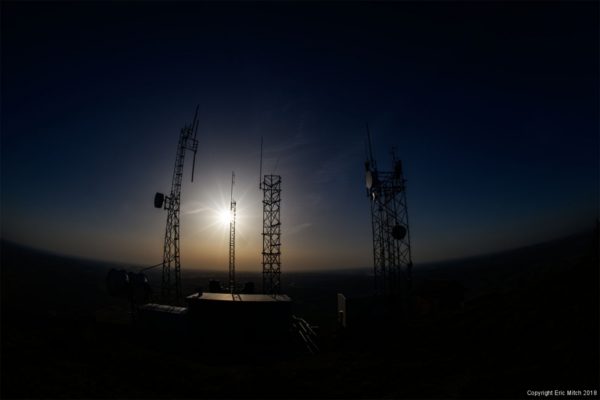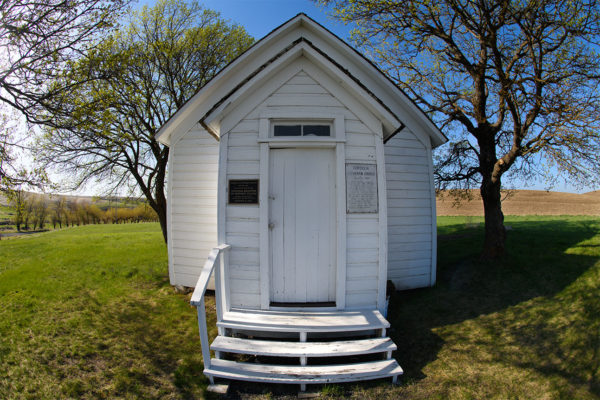Taken with the Nikon Z 9 and Nikon NIKKOR Z 400 f/4.5 VR S.
One of the most important tips for shooting through the clouds is to be prepared. This means having the right equipment, such as a sturdy tripod, a telephoto lens, and a remote shutter release. It is also crucial to scout out a location with a clear view of the sky and minimal light pollution.
When shooting through the clouds, it is essential to pay attention to the exposure settings. A solar eclipse can be extremely bright, so it is recommended to use a low ISO and a fast shutter speed to avoid overexposure. On the other hand, a lunar eclipse is much darker, so a higher ISO and longer shutter speed may be necessary to capture the details of the moon.
Another important aspect of eclipse photography is timing. It is crucial to plan ahead and know the exact time and location of the eclipse. This will help in setting up the equipment and getting the perfect shot. It is also recommended to arrive early at the location to set up and test the equipment before the eclipse begins.
When shooting through the clouds, it is essential to be patient and take multiple shots. Clouds can be unpredictable, and it may take several attempts to capture the perfect image. It is also helpful to experiment with different angles and compositions to add interest to the photos.
In addition to technical aspects, the art of eclipse photography also involves creativity and artistic vision. Capturing the eclipse through the clouds can create a unique and dramatic effect, and it is up to the photographer to find the perfect balance between the eclipse and the clouds.
Shooting an eclipse through the clouds can be a challenging yet rewarding experience for any photographer. With the right equipment, preparation, and techniques, it is possible to capture stunning and one-of-a-kind images of this celestial event. So, grab your camera, find a clear spot, and get ready to capture the magic of an eclipse through the clouds.
